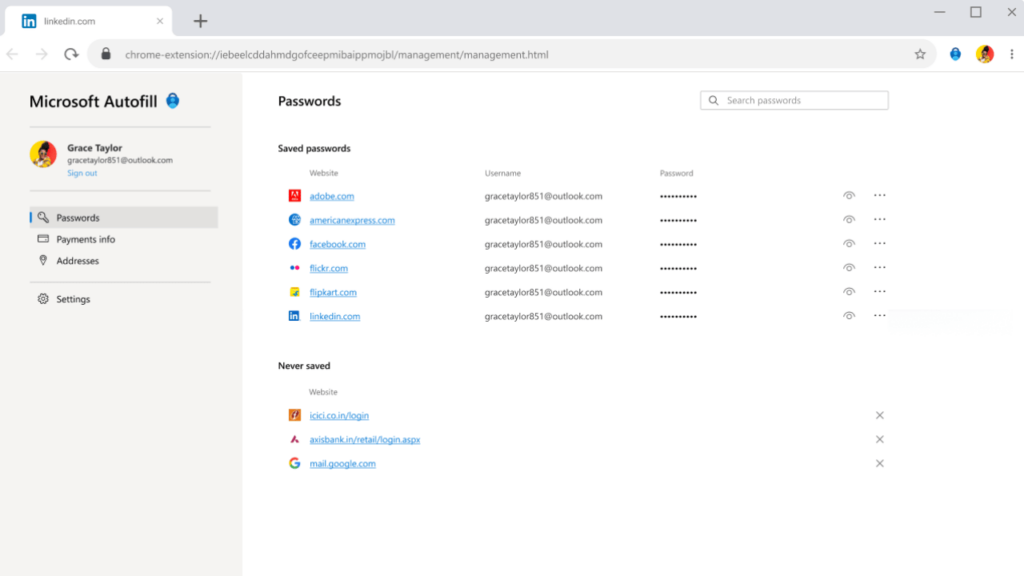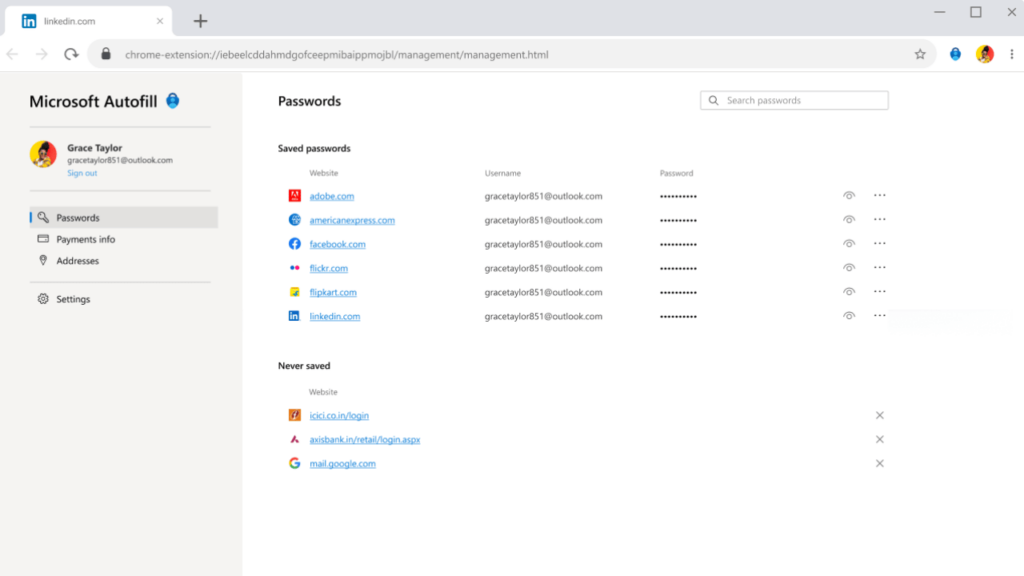Microsoft recently announced that it will retire its Microsoft Autofill Chrome Extension browser plug-in on December 14, 2024.

For those unaware, Microsoft Autofill is a password manager that can be used as a Chrome browser extension. It allows users to save their passwords, addresses, and payment information within their Microsoft accounts and automatically fill them out on sites they visit. These saved details can be used on all devices: Windows, macOS, Android, and iOS.
“We regularly review our offerings to ensure we’re delivering the highest value experiences for our users. As part of this review process, we are retiring this extension to better simplify our offerings. Users can still access and manage their stored data for passwords and addresses as outlined in the instructions below,” Microsoft wrote in a support document page explaining why they are retiring the Autofill Chrome Extension.
As of November 14, 2024, Microsoft has removed the ability to save new information or make changes to existing information. Further, after December 14, 2024, users can no longer sync password-saving actions performed in Chrome with their Microsoft accounts. Additionally, account password synchronization from Microsoft accounts to the Chrome browser will cease.
Regarding payment information, the Redmond giant clarified that data stored in the Autofill Chrome extension is not synced to Edge and cannot be exported or viewed through the Edge browser for enhanced security purposes.
Hence, Microsoft recommends users manually transfer or delete their payment information before the discontinuation date, as the data would be permanently deleted and become unrecoverable after December 14, 2024.
After discontinuing its Autofill Chrome extension, Microsoft has assured its users that data stored in their Microsoft Accounts will remain accessible. They can continue to access it by signing into the Edge browser with the same account after December 14, 2024.
For those seeking alternatives, Microsoft has also provided the option to export their data from Microsoft Edge and import it into another browser if needed, ensuring flexibility and ease during the transition.
